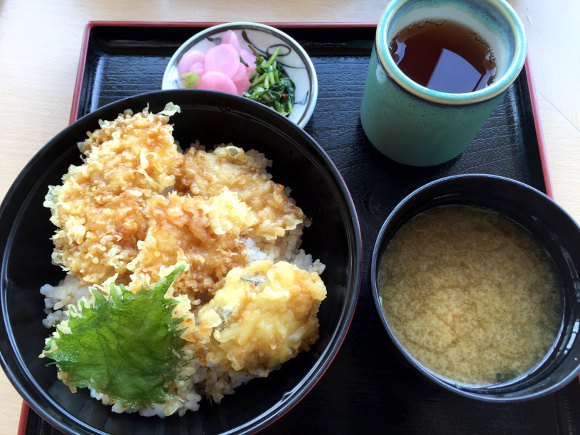
Once upon a time, American black bass were transplanted into Japanese lakes. Years later, they’re invasive and no one eats them. Or do they…
In 1925, someone brought black bass back from the U.S. and put them in Kanagawa Prefecture’s Lake Ashino with thoughts that people would take up bass fishing as a sport. While it did become popular to some degree, the catch-and-release style of fishing allowed the black bass population to flourish and they made their way to lakes all over the country. Years later, the black bass has now been deemed an invasive species, threatening the existence of the native freshwater fish in lakes and ponds around Japan. Oops!
▼ Black bass, over-populating a lake near you!
In an effort to curb the black bass’ rule, the government now insists that people not release their catches and instead, take them home and eat them. What?! Eat black bass?! That’s crazy!
Or so our reporter, P.K. Sanjun, thought when he set out on his mission to Lake Biwa. The common image of black bass in Japanese minds is that they have a muddy smell and are just not a fish that you eat. Period.
Word has gotten around, however, of a restaurant in Shiga Prefecture that has black bass as a normal menu item. Interested, P.K. headed out to the Shiga Prefectural Lake Biwa Museum, inside of which you’ll find Nihon no Umi, the bold restaurant that serves the fish.
If it’s a typical menu item here, it can’t be that bad, right? That wasn’t quite convincing enough to settle P.K.’s nerves, however. Upon reading the menu, he saw it: Tempura Bass Bowl, 880 yen (US$7). With a gulp of nerves he ordered…
▼ It looks pretty good, though…
When it finally came, it seemed pretty normal; it smelled and looked really good, so his appetite started picking up, and he thought, “Really, could it be that it’s actually edible?”
So what was P.K.’s reaction after taking a bite?
▼ “Umaaaaaaiiiiii [Delicious]!!!!
The fish’s white flesh had a refined taste and texture, similar to sea bass or flounder (both popular fish in Japan). It didn’t smell like mud and there was just a moderate amount of oiliness.
P.K.’s verdict wasn’t just, “Yes, it’s edible,” but more like, “I’m going to pick up bass fishing as hobby, so I can eat this all the time!”
Speaking with some of the staff at Nihon no Umi, P.K. learned that while the bass is tasty on its own, they use an original herb salt that enhances the flavor. He also learned that his preconceived notion about bass being smelly wasn’t totally off-target: the skin is often pretty smelly, but the flesh is just white deliciousness.
▼ Smelly skin or not, we want to eat it!
Black bass is by no means a popular food item in Japan, yet, but who knows? If word gets out about how delicious it is, the government may have their wish of total black bass removal in no time!
If you find yourself in the Shiga area, check out Nihon no Umi to try black bass for yourself:
Restaurant information
Nihon no Umi / にほんのうみ
Address: Shiga-ken, Kusatsu-shi, Otoshimo-cho 1091 (inside Shiga Prefectural Lake Biwa Museum)
滋賀県草津市下物町1091番地 滋賀県立琵琶湖博物館内
Open 10:30 a.m.-5 p.m. (food served 11 a.m.-4 p.m.)
Website
Additional information: Japan Times
Top image: RocketNews24
Insert images: RocketNews24, U.S. Fish and Wildlife Service
[ Read in Japanese ]